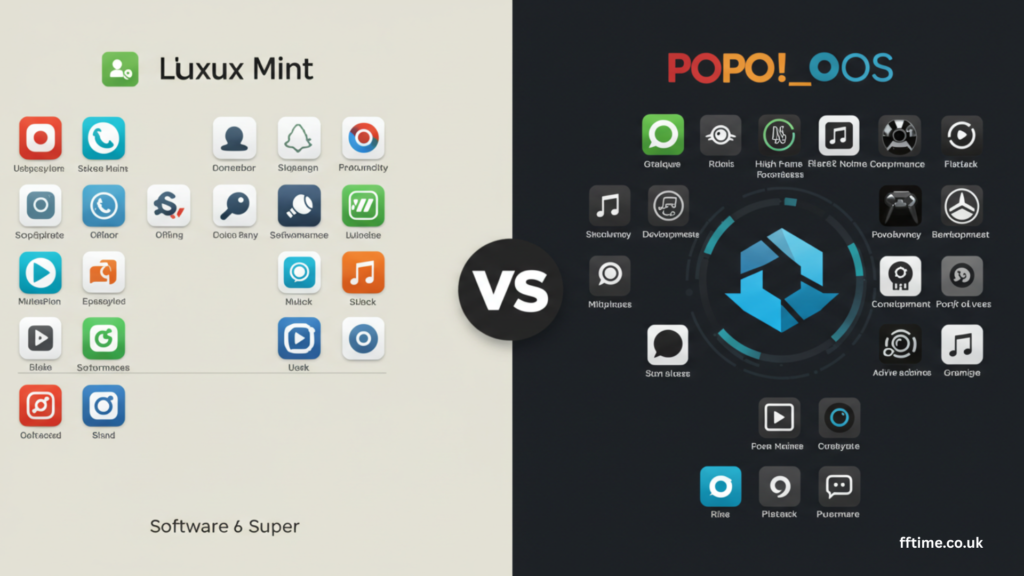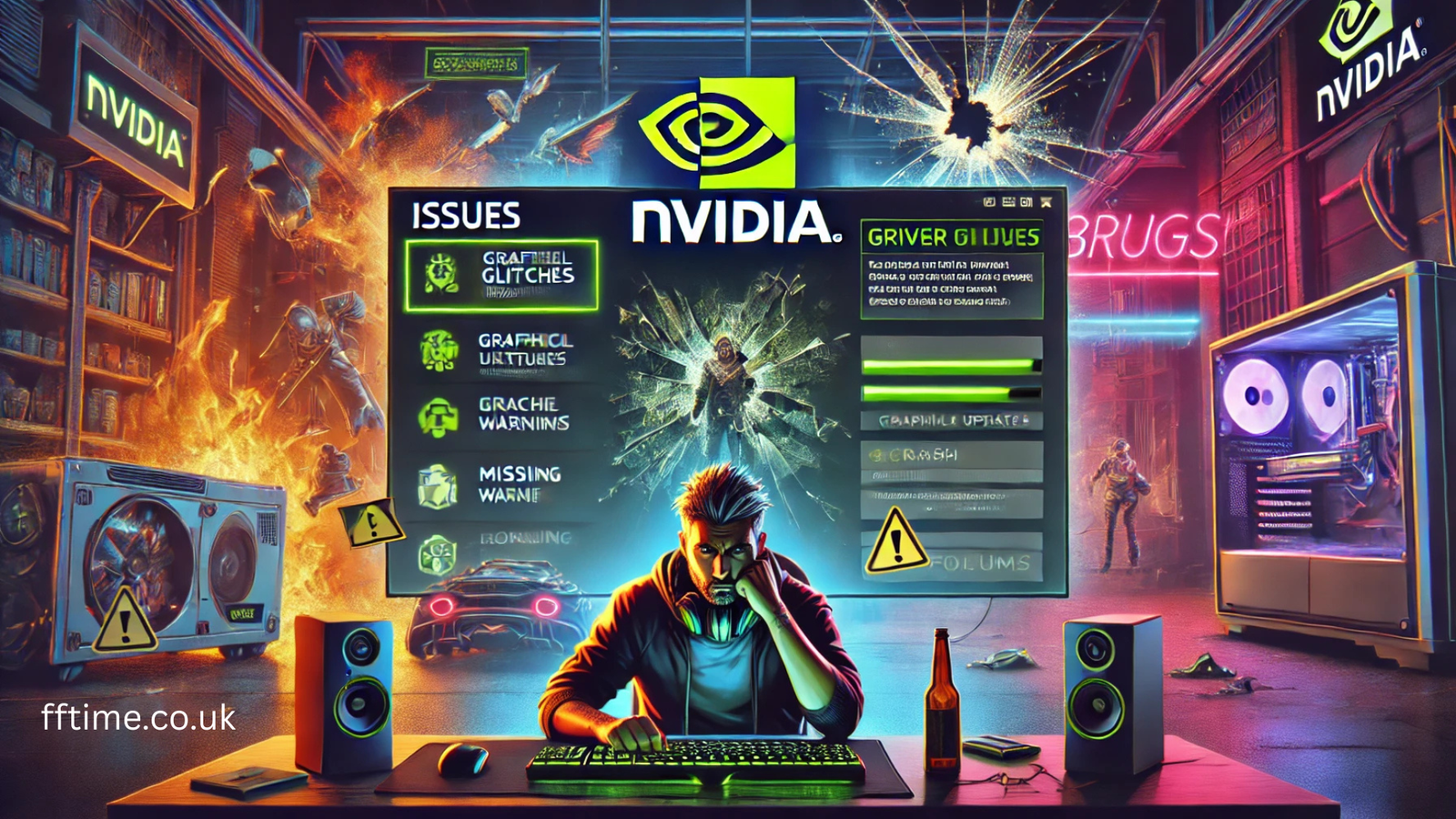When it comes to Linux distributions, the variety and choices available to users can often be overwhelming. Two of the most popular distributions for both beginners and seasoned users are Linux Mint and Pop!_OS. Both of these operating systems are based on Ubuntu, making them a strong choice for those who seek stability, ease of use, and an extensive software library. However, they have distinct differences that make each of them unique in their own right. In this article, we’ll take an in-depth look at Linux Mint vs Pop OS to understand their usability, software support, performance, and how they cater to different user needs.
Overview of Linux Mint and Pop OS
Linux Mint
Linux Mint was first released in 2006 as a user-friendly alternative to Ubuntu. Its primary goal was to provide a more complete and polished experience out of the box. Linux Mint is widely recognized for its simplicity, ease of use, and stability. It is perfect for those who are new to Linux or who want an easy transition from Windows or macOS. Linux Mint comes in three main desktop environments: Cinnamon, MATE, and Xfce. Among these, Cinnamon is the most popular choice, providing a modern, clean, and user-friendly interface.
One of the main selling points of Linux Mint is its emphasis on providing a complete desktop experience, with all necessary codecs and software already installed, meaning users don’t have to go out of their way to set up their system. It also includes tools like Mint Software Manager for easy software installation, Timeshift for system backups, and Update Manager to keep your system up to date and secure.
Pop!_OS
Pop!_OS, developed by System76, is another Ubuntu-based distribution. It was initially released in 2017 and quickly gained popularity, particularly among users who wanted a Linux distribution that was optimized for gaming, programming, and creative workflows. The primary desktop environment used in Pop!_OS is GNOME, but with significant modifications to make the user interface more intuitive and functional for both beginner and advanced users.
Pop!_OS stands out for its focus on enhancing the user experience for power users, especially those in the developer, creative, and scientific fields. Pop!_OS offers unique features like hybrid graphics support (perfect for systems with both integrated and discrete GPUs), an easy-to-use tiling window manager, and strong hardware support, particularly for System76 hardware. Pop!_OS also comes with a more minimalistic approach, keeping only the essential software by default and leaving room for users to customize their system further.
Usability: Which One is Easier for Beginners?
Linux Mint Usability
For users new to Linux or switching from other operating systems, Linux Mint offers a smooth and comfortable experience. One of the highlights of Linux Mint’s usability is its Cinnamon desktop environment, which mimics the traditional desktop layout many users are familiar with, especially if they are coming from Windows. The Start menu, taskbar, and window management all feel intuitive, making it a great choice for first-time Linux users.
Linux Mint’s approach to the desktop is simple and clean, without overwhelming users with unnecessary features. This makes it highly accessible for users who may not be familiar with the nuances of Linux. The default software package includes everything you need for day-to-day use, including web browsers, office suites, multimedia players, and other essential applications. Mint’s Software Manager is well-organized and easy to use, allowing users to easily search for and install software.
Moreover, Linux Mint offers a variety of system tools to manage your system effectively. Timeshift allows users to create and restore system snapshots, providing peace of mind in case something goes wrong. The Update Manager keeps your system up to date and alerts you to potential issues like outdated software versions.
Pop!_OS Usability
Pop!_OS, on the other hand, is slightly more complex but offers an equally polished and optimized user interface, especially for those in more technical or development-oriented fields. The GNOME-based desktop environment with its customizations makes Pop!_OS unique in terms of usability. Although GNOME can be a bit of a learning curve for new users, Pop!_OS simplifies it by offering an intuitive tiling window manager that enhances productivity and multitasking.
Pop!_OS also comes with keyboard shortcuts built in, making navigation fast and efficient. This is especially useful for developers or those who use their systems for intensive tasks like coding, video editing, or scientific computing. Another feature of Pop!_OS is the pop-shell, which lets users take advantage of tiling window management, making it easier to manage multiple windows and applications at once. This feature is ideal for users who want to streamline their workflow without relying heavily on the mouse.
For newcomers, Pop!_OS might initially feel less user-friendly compared to Linux Mint due to its more modern approach and lack of familiarity with GNOME’s interface. However, once users get past the initial setup, they will find that Pop!_OS provides an extremely efficient and powerful environment for work and creativity.
Software Support and Compatibility

Linux Mint Software Support
Linux Mint, being one of the most popular Linux distributions, has extensive software support. Since it is based on Ubuntu, it has access to Ubuntu’s massive software repository, which includes thousands of applications and tools, from productivity software to entertainment and development tools.
Additionally, Linux Mint supports Snap and Flatpak packaging systems, expanding the available software catalog. It also supports deb packages, making it compatible with a wide range of software that’s available on the Debian/Ubuntu ecosystem. Users can install applications directly through the Software Manager, which is user-friendly and accessible to those who may not be comfortable using the command line.
Compatibility with proprietary software is another strong point for Linux Mint. Since Mint focuses on delivering a complete out-of-the-box experience, it includes support for multimedia codecs, proprietary video drivers, and other third-party software like Skype, Slack, and Steam, making it a great choice for users who rely on such tools.
Pop!_OS Software Support
Pop!_OS also benefits from Ubuntu’s vast software repositories, giving users access to a wide range of applications. However, what makes Pop!_OS stand out is System76’s focus on hardware optimization and support. Pop!_OS includes proprietary NVIDIA drivers for optimal gaming performance right out of the box, which is especially important for users with NVIDIA graphics cards. This makes Pop!_OS a fantastic choice for gamers and creative professionals who require high-performance hardware support.
Pop!_OS also supports Flatpak and Snap, although the default installation leans more heavily on APT for package management, which is the standard for Ubuntu-based distributions. Unlike Linux Mint, which is more conservative when it comes to adding new technologies, Pop!_OS often integrates bleeding-edge software and tools, making it a great option for developers and those looking for the latest in Linux software.
Software Update Management
Both Linux Mint and Pop!_OS offer solid software update management systems. Linux Mint’s Update Manager is highly praised for its simplicity and for allowing users to control which updates are applied to their system. It also categorizes updates by level of importance (security, recommended, and optional), which makes it easy for users to decide which updates they want to install.
Pop!_OS uses the same APT system as Mint but adds a more streamlined approach to updates. Since it is developed by System76, it includes firmware updates alongside regular software updates, ensuring that your hardware and peripherals are always running optimally.
Performance: Which One Is Faster?
Linux Mint Performance
Linux Mint is known for its excellent performance, especially on lower-end hardware. The Cinnamon desktop environment is well-optimized, providing a snappy and responsive user experience. Linux Mint is designed to work well on older machines, making it an excellent choice for users with legacy hardware or those who prefer a lightweight desktop experience.
Moreover, Linux Mint offers the option to choose between different desktop environments. For example, the MATE and Xfce desktop environments are even lighter than Cinnamon and are ideal for systems with limited resources.
Pop!_OS Performance
Pop!_OS is designed for performance, particularly on high-end machines with powerful GPUs. It excels when it comes to gaming, machine learning, and AI development, thanks to its focus on high-performance hardware. Its custom GNOME-based interface is optimized to run smoothly, and the hybrid graphics mode ensures that users can seamlessly switch between integrated and discrete graphics, improving performance when needed.
Pop!_OS tends to have better support for cutting-edge hardware compared to Linux Mint, especially when it comes to NVIDIA graphics cards and System76 hardware. For users looking to do high-performance tasks like gaming, 3D rendering, or scientific computing, Pop!_OS is the clear winner in terms of performance.
Which One Is Right for You?
Linux Mint: Best for Beginners and General Users
If you are new to Linux or simply want a distribution that “just works” right out of the box, Linux Mint is the ideal choice. Its simple and intuitive interface, coupled with its wide range of software support and stability, makes it a great option for general users. Whether you are switching from Windows or using Linux for the first time, Linux Mint provides a user-friendly and hassle-free experience.
Pop!_OS: Best for Power Users and Developers
If you are a developer, gamer, or power user who requires more advanced features like tiling window management, hybrid graphics support, and cutting-edge software, Pop!_OS is likely the better choice. It is particularly well-suited for those who are into gaming, 3D rendering, or scientific research, thanks to its optimization for high-end hardware and performance-oriented features.
Pop OS vs Fedora : Which Linux Distro Reigns Supreme?
Conclusion
Both Linux Mint and Pop!_OS offer excellent user experiences, but they cater to slightly different audiences. Linux Mint is perfect for beginners and general users who want a simple, stable, and complete desktop experience. Pop!_OS, on the other hand, is better suited for developers, power users, and gamers who need advanced features, such as tiling window management, hybrid graphics support, and performance optimization. Ultimately, the best choice between Linux Mint vs Pop OS depends on your personal preferences and use case.

Frank Eichhorn is a professional driver and systems expert with over three years of experience helping users fix and optimize a wide range of computer drivers. He specializes in all major driver categories, including graphics, audio, network (Wi-Fi, LAN, Bluetooth), printer, motherboard, USB, touchpad, and even BIOS/firmware drivers.




